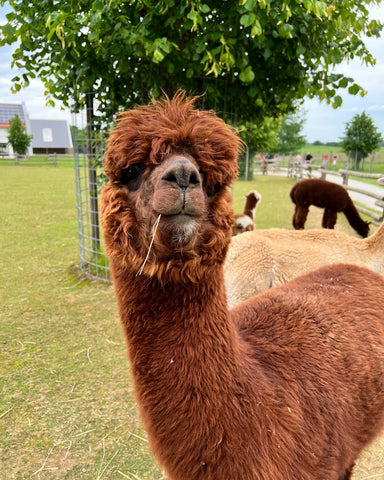Who doesn't know that there are so many different materials that you can quickly lose track of things. With this short guide we would like to introduce you to the most important raw materials.
Wool
Wool is one of the oldest and most natural raw materials in the world. The suppliers are, for example, sheep, goats or alpacas. To produce it, the animals are sheared and the fibers are then spun into yarn. The positive properties of wool include breathability and warmth. The cozy warmth is created by the hollow fiber structure. The air inside is warmed by your own body temperature and binds the heat. Wool fibers absorb little dirt due to their scale-like structure. This means that wool products need to be washed less often. Often it is enough to air the clothes.


Virgin wool
The material virgin wool represents the first processing of a sheep's hair. This means that the sheep is sheared and then the product is spun into yarn.
Merino wool
This type of wool comes from Merino sheep. It is characterized by its delicacy. Thanks to its fiber structure, Merino wool balances the temperature, which means that the wool cools in summer and warms in winter. The fiber is often used in outdoor products.

alpaca
The alpaca's wool comes from South America in the countries Peru, Bolivia and Chile. In South American countries, alpaca wool is used as a temperature regulator. When it's hot, the wool can prevent sweating and when it's cold, it protects the body from cooling down.

mohair
The fiber is obtained from the Angora or Mohair goat. Today the animals live mainly in Turkey and South America, where the animals are sheared in order to then spin the yarn.
cashmere
Cashmere is one of the highest quality types of wool. The fiber comes from the Cashmere goat, which originally comes from South Asia. Within a year, around 200 grams can be used per goat, which is roughly the amount needed for a scarf. A sheep, on the other hand, can produce around 3.5 kilos of wool per year.
To ensure that the cashmere hat becomes a constant companion, it is advisable not to wear the hat all the time, but also to take rest periods. The rest allows the cashmere to clean itself and stays like new for longer.
In summary, wool is a super performer in both winter and summer.





